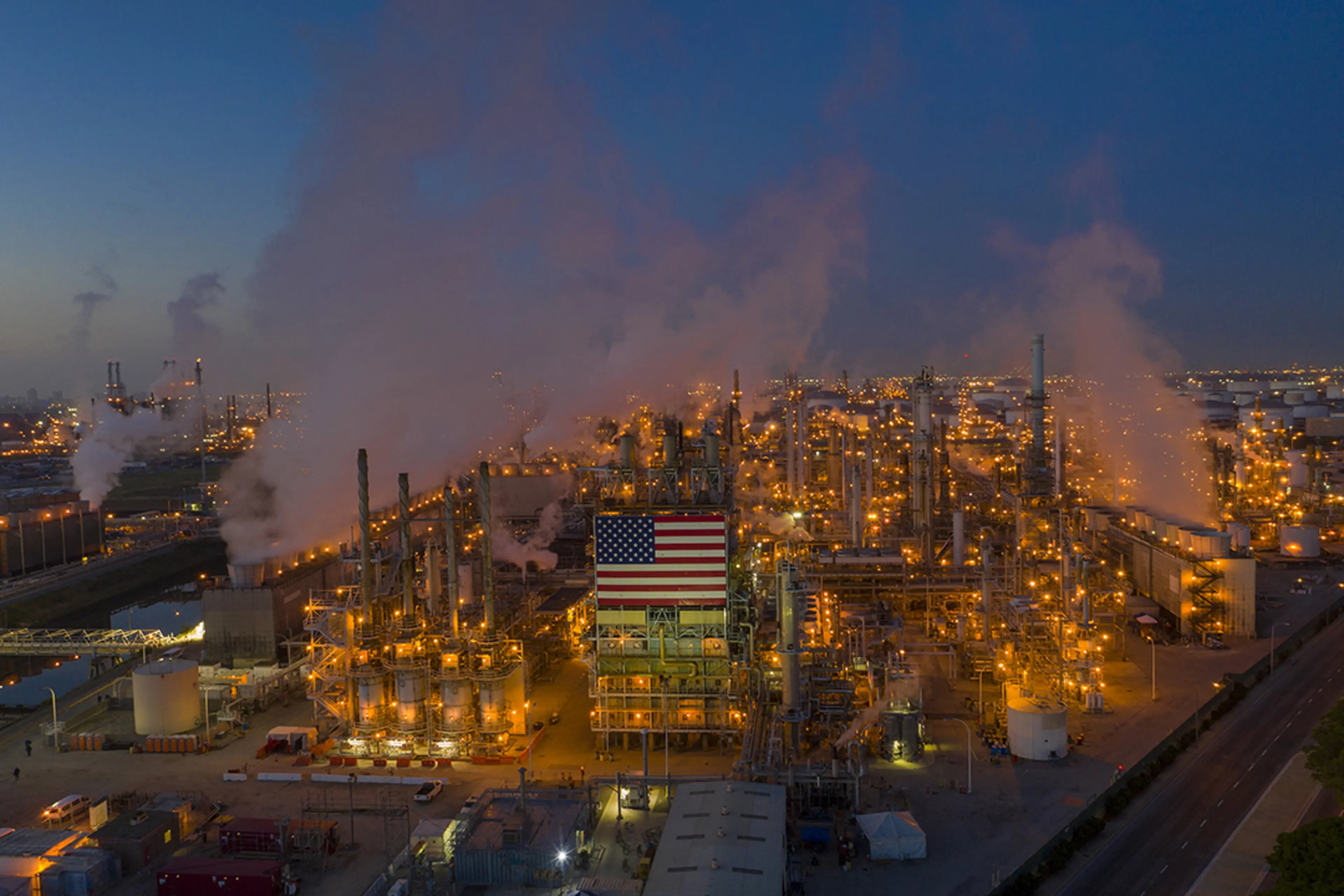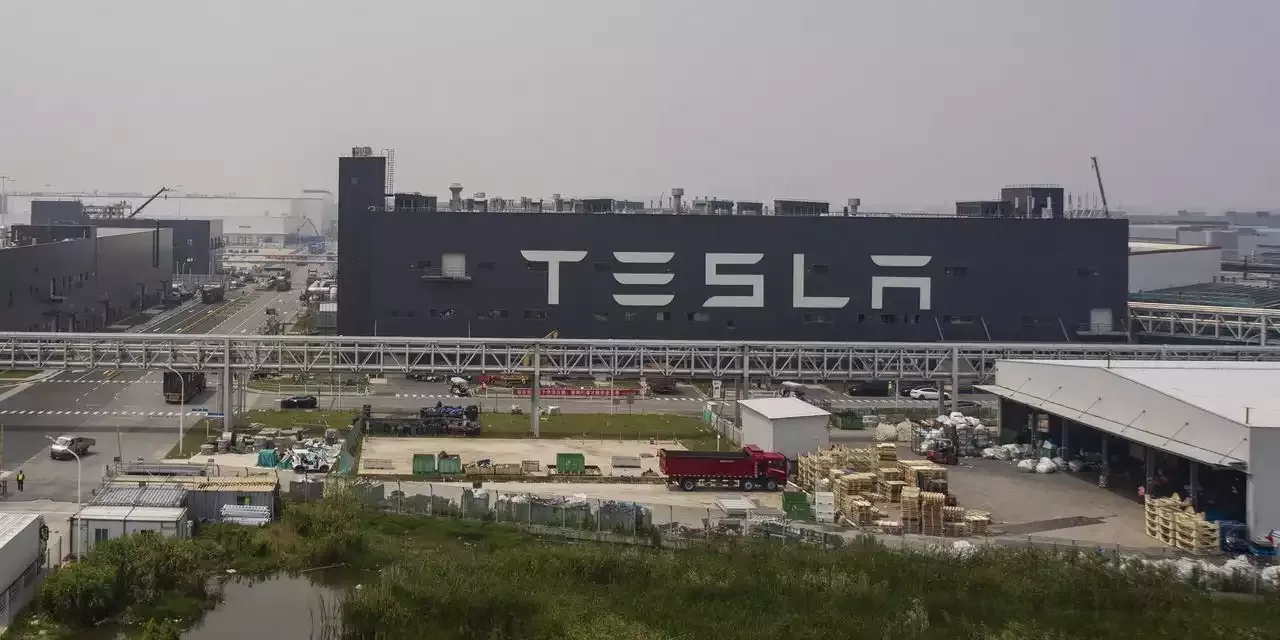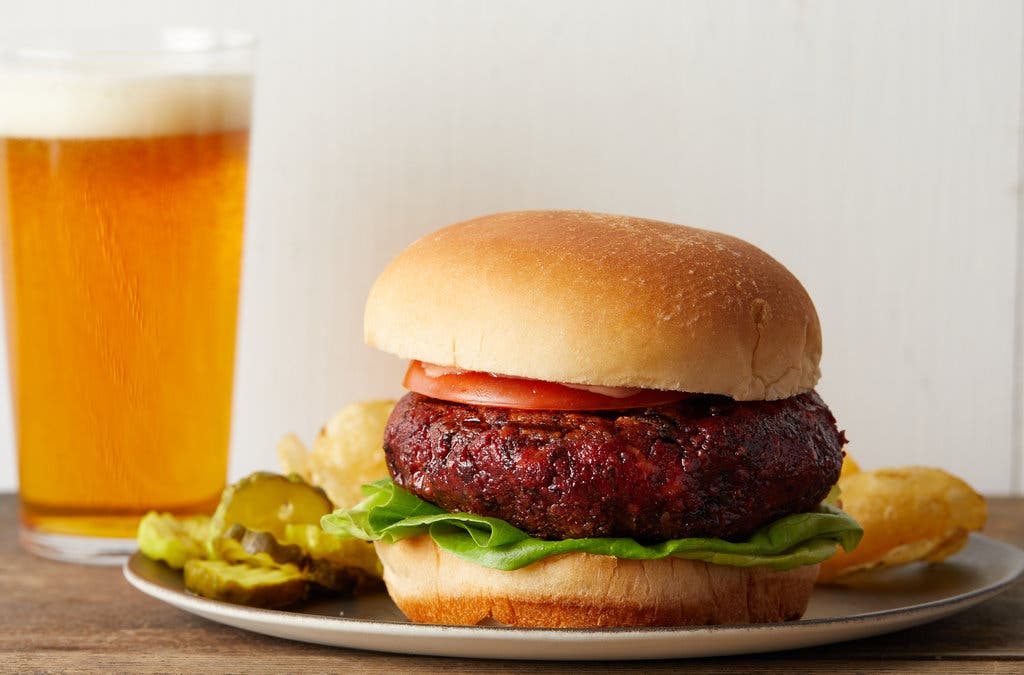This week’s Current Climate, which every Saturday brings you the latest news about the business of sustainability. Sign up to get it in your inbox every week.
Anadolu Agency via Getty Images
In the 1970s, decreased production of oil led to a stagnating economy and surging inflation due to higher gas prices. These effects were amplified in the early part of that decade when the OPEC nations agreed to cut production both to raise prices and in response to the Nixon Administration’s support for Israel and its decision to weaken the dollar by coming off the gold standard.
The impact of this made the 1970s a tumultuous time both economically and socially. Today history threatens to repeat itself as OPEC+ nations earlier this week pledged to cut their production targets, leaving the Biden Administration scrambling. (Though, as my colleague Chris Helman points out–OPEC hasn’t been hitting its production targets anyway, so it’s not clear whether this announcement actually means anything for the availability of oil. But then, oil price increases in the late 1970s were driven more by panic spurred by the Iranian Revolution than actual production shortfalls. Perception matters…)
While it’s true that the United States is still energy independent – it exports more energy than it imports – that’s in part due to its export of liquid natural gas. Plus the fungible nature of the world oil markets combined with America’s love affair with internal combustion engines means that our politics can be held hostage to the interest of authoritarian nations. In this case, OPEC’s move seems to be tied to the U.S. and Europe’s support of Ukraine in its fight for freedom against Russia.

Maybe it’s time to take a lesson from one of our neighbors to the south, the Dominican Republic, which is responding to higher prices in fossil fuels by taking steps to reduce its reliance on them. They see this as a benefit not only geopolitically, by taking themselves out of relying on other countries, but also as a boost for its tourism industry by clearing the skies of pollution.
Sasol
With a Louisiana megaproject complete, Sasol CEO Fleetwood Grobler is cutting risk and emissions at South Africa’s energy leader. It won’t be easy, but green hydrogen might help.
Read more here.
Researchers have developed an artificial enzyme that can help split hydrogen from water molecules, potentially enabling a more sustainable way to produce it for energy production.
Retrofitting existing, often aging, turbines can produce double-digit increases in hydropower generation without building any new dams.
Battery manufacturers are moving towards phosphates as a cheaper alternative to cobalt conventionally used in lithium-ion batteries.
Droughts in California and other parts of the Southwest are exacerbating the spread of Valley fever, an infectious fungal disease.
Cultivated Meat: Paris-based Gourmey has raised a $47 million series A round to accelerate the commercialization of its cultivated foie gras product.

Chess Offsets: Gaming company World Chess announced a partnership with One Tree Planted detailing that a new tree be planted for every chess set that the site sells.
Green Steel: Colorado-based company Electra announced that it’s raised $85 million from backers like Breakthrough Energy Ventures and Amazon to accelerate its zero emission steel making techniques.
As the central banks’ fight against inflation slows down the global economy, observers say one thing to look for is whether companies start to kick the can down the road on meeting their environmental commitments. More on that here.
Eating seafood can be more sustainable and healthy than red meat (Popular Science)
A New Era of Climate Disasters Revives Calls for Climate Reparations (Bloomberg)
Ian Sinks Florida ‘Dome Home’ Built to Survive Hurricanes (Scientific American)
Rivian EV trucks
Amazon, FedEx and other big fleet operators are moving fast to replace their vast fleets of exhaust-spewing delivery trucks with clean electric vehicles. It’s a win for the environment, but keeping tens of thousands of heavy EVs powered up brings new challenges, including installing lots of chargers and only plugging in when electricity rates are cheap. Oh, and don’t drive them too hard or until they’re nearly out of fuel if you want the batteries to last.

Elon Musk’s Tesla reported its best quarterly deliveries of electric vehicles this week, up more than 100,000 units from a year ago, but was short of expectations by analysts who predicted even more bullish figures for the brand. The shares took a beating the next day.
Read more here.
















